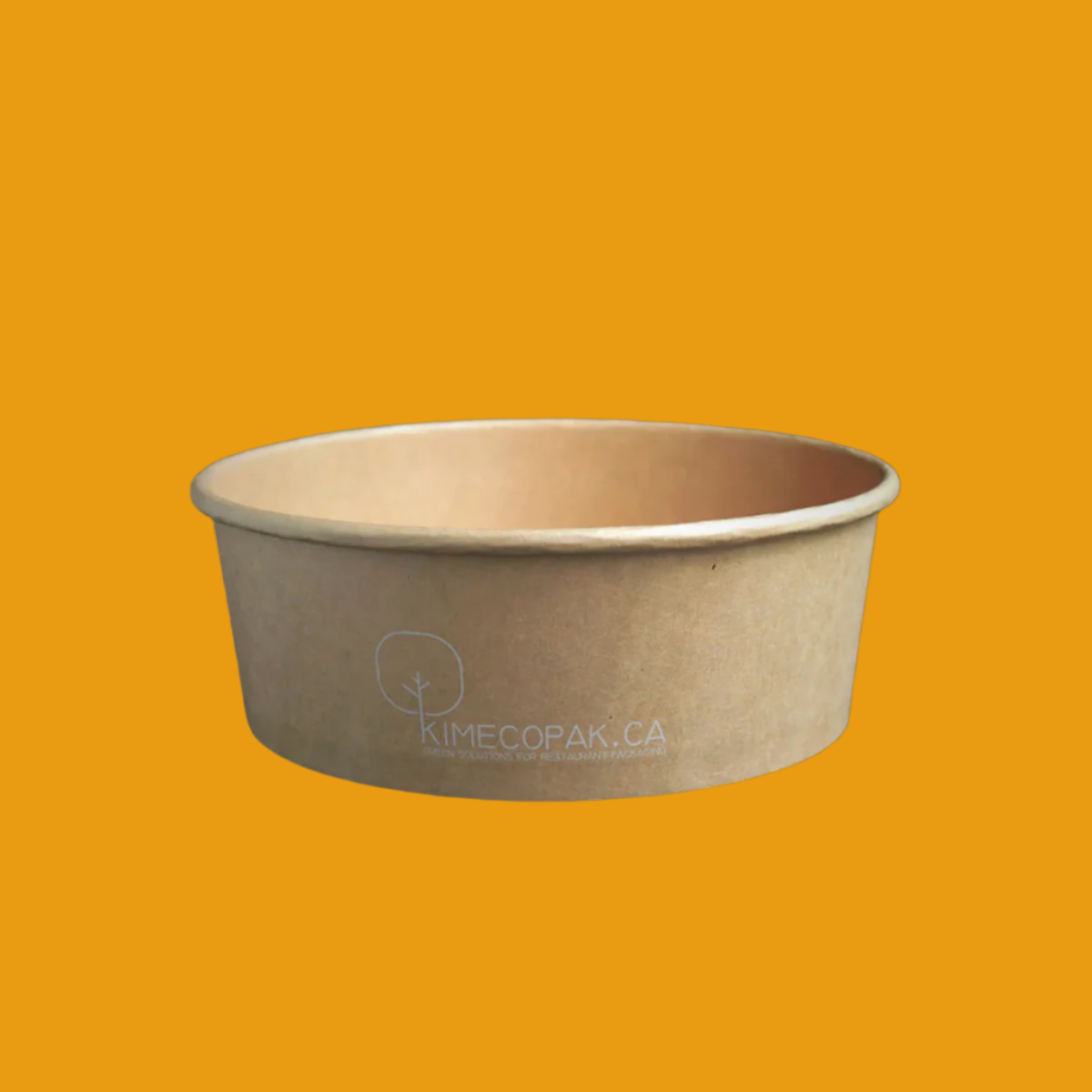Why Understanding Commercial Kitchen Costs Is Crucial for F&B Startups

Impact on budgeting and financial planning
Understanding commercial kitchen costs is an essential step for any food and beverage (F&B) startup. It directly influences how a business manages its budget and overall financial planning. From initial setup costs to ongoing operational expenses, having a clear grasp of these figures can help you avoid overspending and make informed decisions.
Moreover, knowing your costs can guide your pricing strategy. If you are aware of all expenditures, you can set prices that not only cover costs but also enable you to reach profitability. This transparency in financial planning can contribute to continued growth and success.
Influence on operational efficiency and scalability
The costs associated with a commercial kitchen also have significant implications for operational efficiency and scalability. By evaluating costs, a startup can determine which kitchen model (traditional, ghost, or shared) aligns best with its long-term vision and growth strategy. For instance, investing in a more efficient kitchen layout might incur higher initial costs but could pay off in the long run by streamlining processes and decreasing labor needs.
Understanding costs also involves recognizing how they impact your ability to scale. If your kitchen setup is too expensive, it might limit your options for expansion. Effective cost management allows you to adapt your operations as demand grows, ensuring that your F&B startup can keep pace with customer expectations.
Key Factors Influencing Commercial Kitchen Costs

Location and rental expenses
Location is one of the most critical factors influencing commercial kitchen costs. A prime location may attract more customers but often comes with high rental expenses. Conversely, a less desirable area might save you money on rent but could affect foot traffic and sales. Before choosing a location, consider the balance between cost and the potential for customer engagement in that area. It might be helpful to conduct thorough market research to assess demand before making a commitment.
Kitchen size and layout requirements
The size and layout of your kitchen play a significant role in costs. A larger kitchen may accommodate more equipment and staff, but operational expenses will also increase. Additionally, the layout must be designed to enhance workflow; inefficient layouts can lead to wasted time and resources. Investing time in planning the layout can result in long-term savings and improved productivity.
Equipment and appliance investments
The type and quality of equipment you choose significantly affect your initial investment. High-quality appliances may cost more upfront, but they often offer better durability and performance, which can save money over time. When choosing equipment, consider factors such as energy efficiency and the specific cooking needs of your menu. Understanding the balance between cost and necessity will help in making the right choices for your kitchen.
Compliance with health and safety regulations
Compliance with local health and safety regulations is not only mandatory but can also influence kitchen costs. Certain equipment, layout specifications, and even certain materials may be required to meet these regulations. While it may seem like an additional expense, ensuring compliance can prevent costly fines and health code violations, contributing to the long-term viability of your business.
Cost Breakdown for Different Kitchen Models

Traditional brick-and-mortar kitchens
For traditional brick-and-mortar kitchens, average setup costs can range from $40,000 to $200,000. This variation largely depends on the location and size of the kitchen. It's essential to budget for essential items, including kitchen equipment, furniture, and decor, as well as operational costs like utilities and labor. Understanding these costs ahead of time helps in creating a realistic budget and minimizes unexpected expenses.
Ghost kitchens
Ghost kitchens, designed for delivery and takeout without a dine-in area, often come with lower initial investments. The absence of a dining space significantly reduces costs associated with decor and furnishings. However, the expenses can vary based on the services offered and the type of equipment required. As the trend of ghost kitchens continues to rise, they represent an appealing option for startups looking to control costs while still entering the competitive food delivery market.
Shared or commissary kitchens
Shared or commissary kitchens are another cost-effective option for new food businesses. Rental rates typically range from $30 to $80 per hour, with monthly packages between $2,500 and $7,000. These environments allow multiple businesses to share space and resources, significantly lowering costs. However, it’s essential to consider the availability of equipment and space, as well as any shared costs when budgeting for this type of setup.
Licensing and Permit Costs

Business Registration and Licensing Fees
Starting a commercial kitchen requires navigating a maze of regulations. One of the first expenses you will encounter is registering your business and obtaining the necessary licenses. This includes:
- Business name registration: Typically ranges from $50 to $200, depending on your location and business structure.
- State and local permits: Fees can vary widely, with some jurisdictions charging a few hundred dollars, while others may require thousands for compliance.
- Annual renewal fees: Don’t forget these! They can add ongoing costs that need to be factored into your budget.
It's advisable to thoroughly research your local regulations to avoid unexpected fees.
Health and Safety Certifications
Health and safety certifications are vital for operating a commercial kitchen. Not only do they ensure compliance, but they also protect your customers and your reputation. The costs include:
- Initial training and certification for staff: This can cost around $100 to $200 per employee and is necessary for food handling.
- Regular health inspections: While the inspections themselves may not incur fees, any violations can lead to costly fines that could impact your financial planning.
Maintaining high health and safety standards is not just a legal obligation but a key component of customer confidence.
Food Handling and Hygiene Permits
In the food business, proper handling and hygiene are critical. You will need specific permits for operating your kitchen safely. The costs associated may include:
- Food handler permits: Generally priced between $10 to $100 per individual. In many cases, employees will need to obtain these before they can start working.
- Commercial kitchen permits: These can cost between $500 to $1,500, depending on the size and complexity of your operation.
Investing in proper permits is non-negotiable for both safety and legality.
Strategies to Optimize Commercial Kitchen Expenses

Leasing vs. Purchasing Equipment
When it comes to kitchen equipment, you have two primary options: leasing or purchasing. Each has its financial implications.
- Leasing equipment means lower upfront costs and the flexibility to upgrade as needed, but recurring fees can accumulate over time.
- Purchasing equipment generally requires a larger initial investment, but it can result in long-term savings as you won’t have monthly payments.
Consider your operation size, volume of business, and cash flow situation to make the best decision for your kitchen.
Utilizing Energy-Efficient Appliances
Adopting energy-efficient appliances can significantly lower utility bills, which are a major expense for any commercial kitchen.
- These appliances often reduce energy consumption by around 10-50%. For example, switching to an Energy Star-rated refrigerator can reduce energy costs notably over time.
- There may be higher upfront costs for these appliances, but they can be offset by lower bills in the long run.
Investing in energy-efficient appliances can not only reduce costs but also align your business with environmentally friendly practices.
Implementing Effective Inventory Management
Effective inventory management helps prevent waste, manage costs, and ensures that you always have the necessary supplies on hand. Strategies include:
- Regular stock audits: Performing weekly reviews can help you identify overstock or items that are not selling.
- Using inventory management software: Many solutions are available that can help you track inventory levels in real-time; costs vary but typically commence around $50 per month.
Efficient inventory management can prevent losses and streamline your operations.
Conclusion
As you prepare to invest in a commercial kitchen, it’s essential to consider various costs including licensing, equipment, utility management, and packaging. Streamlining these areas with smart strategies can enhance profitability.









